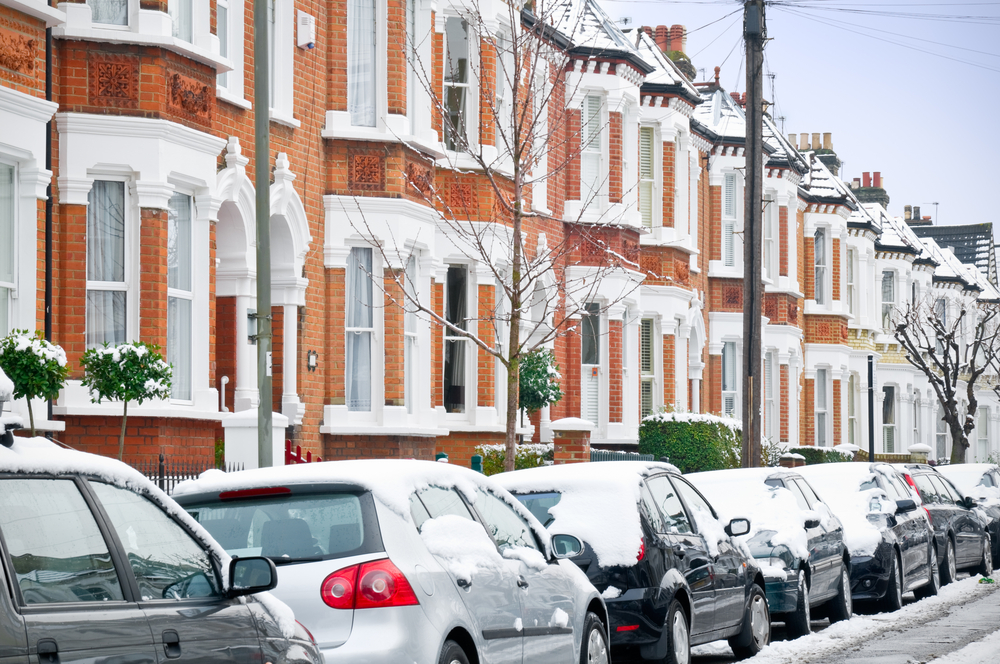Like anything in life, home improvements can sometimes go wrong. But what happens when something happens to windows or doors you’ve had installed in your home?

Are you insured?
Do you have valid guarantees?
Can you go back to the company who installed or sold you the windows and/or doors?
And what happens if the company is no longer in business?
What if the replacements or the repairs are costing you money, time and inconvenience?
It can be a nightmare but with a bit of forethought and using the right company, the nagging questions can be easily avoided and problems kept to a minimum.
Three key tips for ensuring you are covered.
- When your windows are being installed ask the company you’ve employed about the product guarantees (sometimes referred to as warranties).
- Check the guarantee is insurance backed (i.e. that there is an insurance policy underwriting the guarantee).
- Check the small print in the guarantee and make sure you know what is covered.
The industry norm for guarantees is 10 years on windows and doors and that usually covers the glass, frame and ironmongery.
Selecting the right glazing company

All companies listed and featured on MyGlazing.com are Members of the Glass and Glazing Federation and will ensure your windows and doors have insurance backed guarantees that are also transferrable should you decide to sell your home.
Companies registered with FENSA – the original and largest Competent Person Scheme in the replacement window sector in England and Wales – offer compulsory insurance backed guarantees as part of their service.
No matter which glazing company you use, MyGlazing.com recommends you use a firm that is registered with Installsure – the Glass and Glazing Federation’s insurance broker – who have an established reputation as a leading provider of warranty insurance products to the home improvements sector.
When looking through the array of great windows and doors in the market, it can be easy to put Insurance to the back of your mind, but when selecting your glazing, make sure you’ve got the job fully covered. Get guaranteed protection and peace of mind on your investment.

 Emergency Glaziers
Emergency Glaziers GGF Shop
GGF Shop MyGlazing.com
MyGlazing.com Find a GGF Member
Find a GGF Member





 (Image: Sash windows by Masterframe)
(Image: Sash windows by Masterframe)




